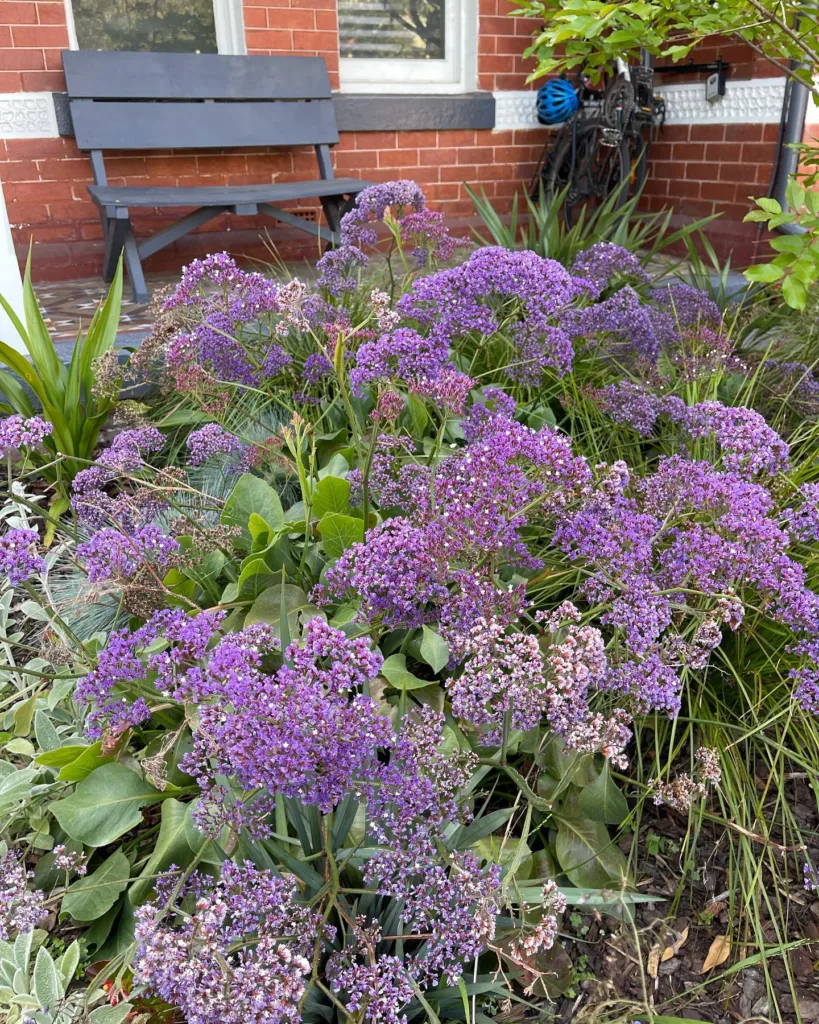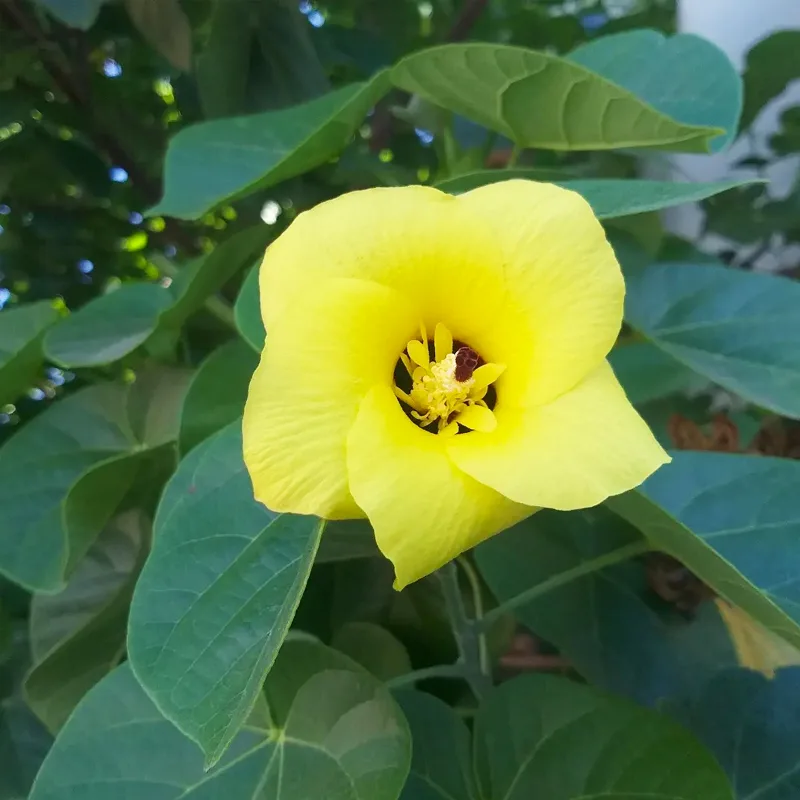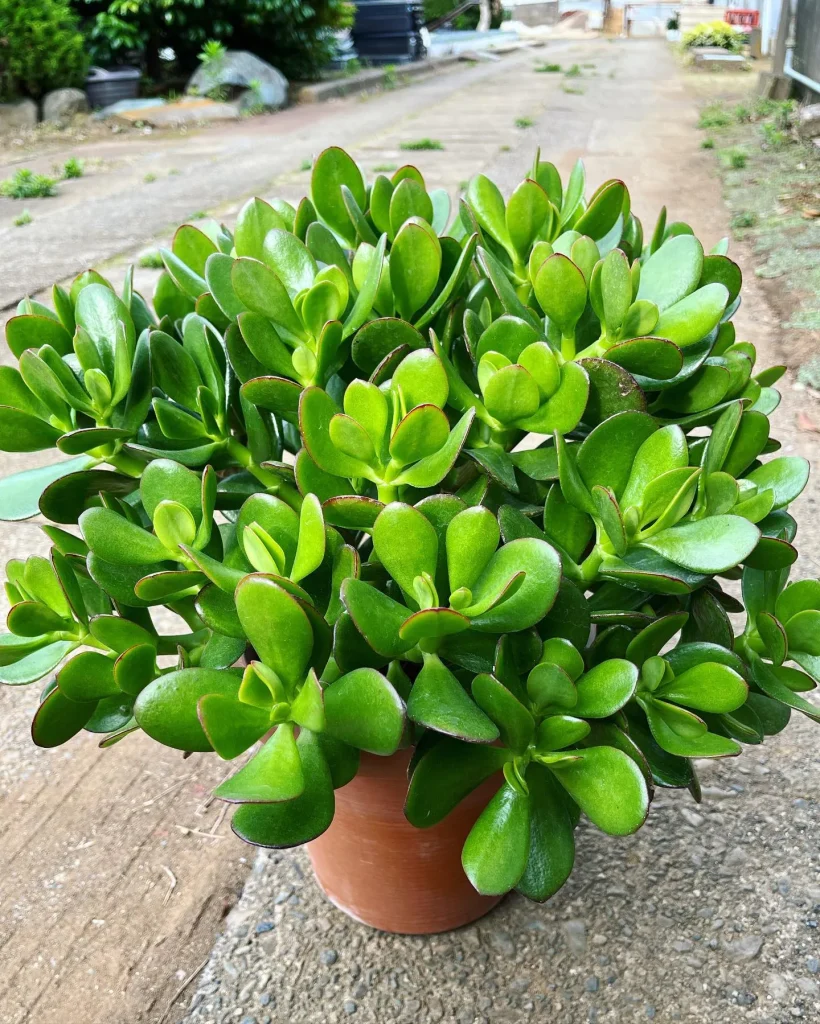The Allure of the Pitcher Plant: My Adventures with Nepenthes Ventrata
For any plant enthusiast, there’s a certain thrill in cultivating the unusual. Enter the Nepenthes Ventrata, a captivating carnivorous plant that boasts mesmerizing pitcher-shaped traps. My foray into the world of Nepenthes began a few years ago, and it’s been a journey filled with fascination and, I’ll admit, a few learning curves. But the unique beauty and ecological wonder of this plant have kept me hooked.
Having successfully nurtured my own Nepenthes Ventrata for some time now, I want to share my experiences and some helpful tips for anyone considering welcoming this exotic wonder into their home.
Plant Family: Nepenthaceae – 207 Species in Genus Nepenthes
What is Nepenthes Ventrata?
The Nepenthes Ventrata, also known as the Tropical Pitcher Plant, is a captivating hybrid known for its vibrantly colored pitchers. These aren’t just any appendages; they’re ingenious traps that the plant uses to lure, capture, and digest insects. Native to the tropical highlands of Borneo, the Nepenthes Ventrata thrives in warm, humid environments. Its vibrant green foliage and the dangling, often red-veined pitchers create a truly eye-catching spectacle.
Nepenthes Ventrata vs Alata
I haven’t had much luck with Nepenthes Alata; despite its reputation for being easier to care for, mine struggled with low humidity and ended up with smaller pitchers than expected. Nepenthes Ventrata, on the other hand, has been more forgiving in my care, producing larger and more vibrant pitchers even in less-than-ideal conditions.
How to care for Nepenthes Ventrata?
So, you’ve decided to embark on the rewarding challenge of caring for a Nepenthes Ventrata. Here’s what you need to know to create the perfect environment for your new carnivorous companion:
Light: While Nepenthes Ventrata enjoys bright light, it prefers indirect sunlight. Harsh direct sun can scorch the leaves. A south-facing window with sheer curtains or a shaded location under grow lights would be ideal.
Temperature: Mimic the warm, humid tropics. Aim for daytime temperatures between 70-80°F (21-27°C) with a 10°F (5°C) drop at night. Avoid letting temperatures fall below 60°F (15°C).
Humidity: This is crucial. Nepenthes Ventrata thrives in high humidity (around 60% or more). Invest in a humidifier or create a pebble tray to maintain moisture levels.
Watering: Use only distilled water, rainwater, or reverse osmosis water to avoid mineral build-up that can harm the plant. Keep the potting mix consistently moist but not soggy. Allow the top inch of the medium to dry slightly between waterings.
Potting Mix: A well-draining, airy mix is essential. A common option is a mix of sphagnum moss, perlite, and orchid bark.
Feeding Your Nepenthes Ventrata (It Can Catch Its Own Food, But…)
Technically, you don’t need to feed your Nepenthes Ventrata – it’s a self-sufficient predator! However, if you live in a particularly low-insect environment, you can occasionally offer a treat. Tiny bloodworms or crushed insects like flies are suitable options. Avoid overfeeding, as this can negatively impact the plant.
Propagating Your Nepenthes Ventrata (For the Adventurous)
For the more experienced carnivorous plant enthusiasts, propagating your Nepengthes Ventrata can be a rewarding challenge. There are two main methods:
- Basal Cuttings: This involves taking a clean cut just below a node on a healthy stem. Plant the cutting in a suitable medium and maintain high humidity for successful rooting.
- Leaf Pullings: This method is slightly riskier. Carefully pull a mature leaf with a small section of stem attached. Treat it like a basal cutting and ensure proper care for successful propagation.
Important Considerations
- Nepenthes Ventrata is not a fast grower. Be patient and enjoy the slow, steady progress.
- Keep Nepenthes Ventrata out of reach of pets and children. The pitchers contain a digestive fluid that can be mildly irritating
- Don’t use fertilizers. These can harm the plant.
With a little dedication and these handy tips, you can cultivate a thriving Nepenthes Ventrata that will add a touch of the exotic and fascinating to your indoor space. Remember, patience and mimicking the plant’s natural environment are key. So, embrace the challenge, and enjoy the unique beauty of this remarkable carnivorous wonder.
If i die, water my plants!



